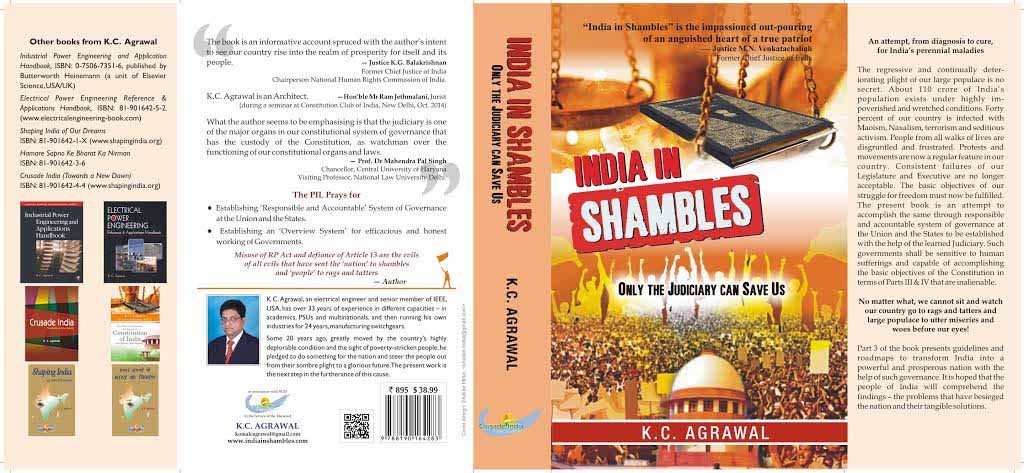Book at a Glance
PART I - Electric Motors, Drives and Energy Saving
Chapter 8. Efficient transmission of loads
• Direct or rigid couplings
• Flexible couplings
• Delayed-action couplings
• Construction and principle of operation
• Belt drives
• Checking the suitability of bearings
• Suitability of rotors for pulley drives
Advantages of variable-speed fluid couplings
1. It is possible to switch the motor at no-load by selecting a variable-speed fluid coupling. The oil need not be pre-filled which can be varied at site during operation as required.
2. The couplings can be designed to develop torques even higher than the Tpo of the motor. They can thus be made compatible for transmitting loads
up to the optimum capacity of the motor and sustaining abnormal load conditions without stalling or damage.
3. Basically a variable drive fluid coupling is a tailor-made clutch to suit a specific load duty for more accurate applications. Speed variation up to 5:1 at variable torques (constant HP) and 3:1 at constant torque is easily possible.
4. They are suitable for stepless speed variation and can be controlled through speed, torque, temperature or flow of a process. They can also be programmed for any sequence of operation.
5. Conventional throttling or damper control of flow is waste of energy. The use of such couplings can vary speed through oil control, relieve strain on the system and save on the energy consumption. The power transferred by the drive is proportional to the cube of the rated speed. There is therefore large energy saving at lower speeds. These drives therefore fall under energy efficient devices.
• Flexible couplings
• Delayed-action couplings
• Construction and principle of operation
• Belt drives
• Checking the suitability of bearings
• Suitability of rotors for pulley drives
Advantages of variable-speed fluid couplings
1. It is possible to switch the motor at no-load by selecting a variable-speed fluid coupling. The oil need not be pre-filled which can be varied at site during operation as required.
2. The couplings can be designed to develop torques even higher than the Tpo of the motor. They can thus be made compatible for transmitting loads
up to the optimum capacity of the motor and sustaining abnormal load conditions without stalling or damage.
3. Basically a variable drive fluid coupling is a tailor-made clutch to suit a specific load duty for more accurate applications. Speed variation up to 5:1 at variable torques (constant HP) and 3:1 at constant torque is easily possible.
4. They are suitable for stepless speed variation and can be controlled through speed, torque, temperature or flow of a process. They can also be programmed for any sequence of operation.
5. Conventional throttling or damper control of flow is waste of energy. The use of such couplings can vary speed through oil control, relieve strain on the system and save on the energy consumption. The power transferred by the drive is proportional to the cube of the rated speed. There is therefore large energy saving at lower speeds. These drives therefore fall under energy efficient devices.


